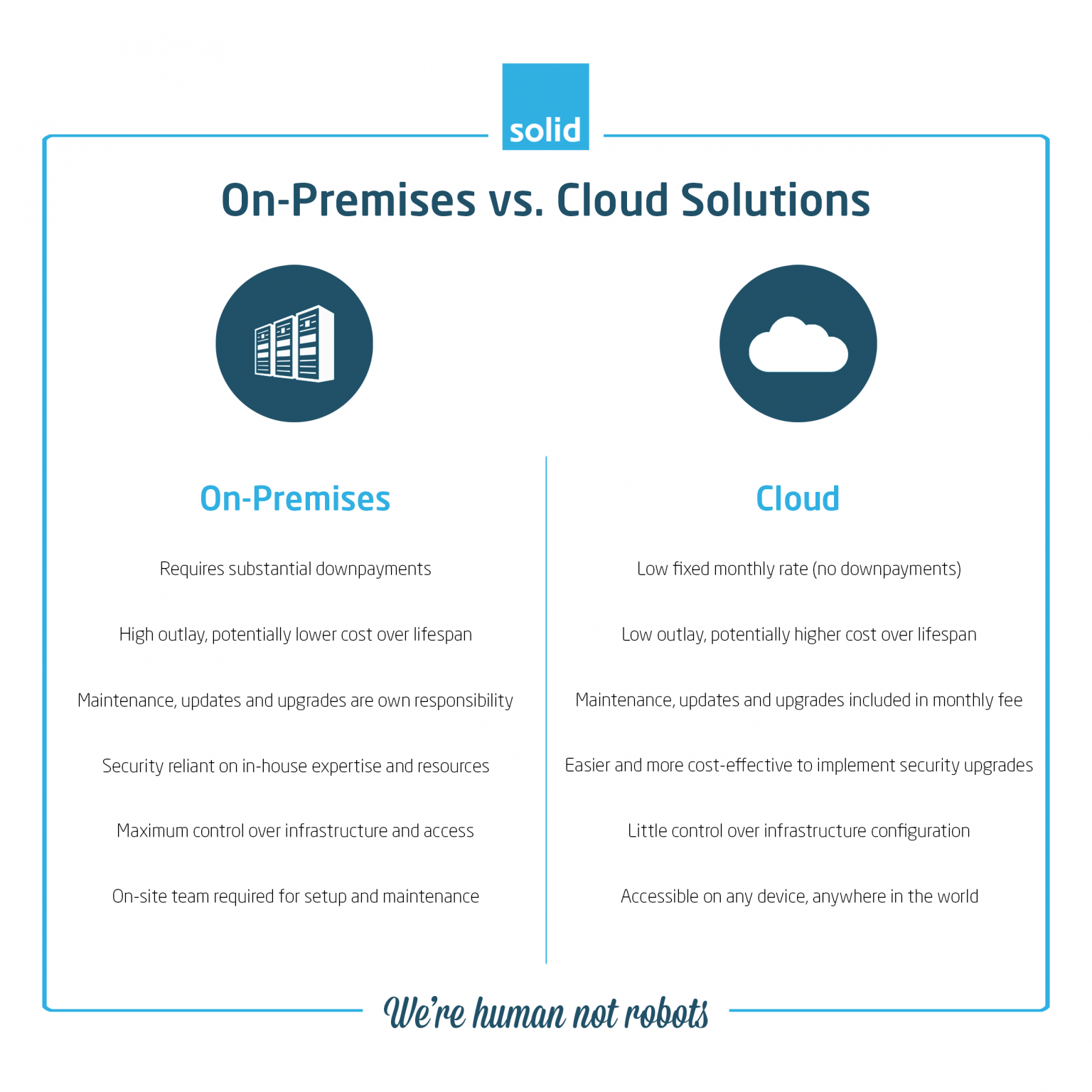In today’s rapidly evolving world, the construction industry is undergoing a radical transformation. Smart construction solutions are ushering in a new era that leverages cutting-edge technologies to streamline building processes, reduce waste, and improve overall project efficiency. These solutions are not just a trend; they are becoming an integral part of how construction projects are planned, executed, and maintained. By incorporating tools such as Building Information Modeling (BIM), Internet of Things (IoT) sensors, and cloud-based project management platforms, companies are creating safer, more sustainable, and cost-effective structures.
“Smart construction is about using technology to make the building process more efficient and responsive,” says Tamer Badr, owner of Singleclic. “When you merge real-time data with strategic planning, you empower teams to deliver projects faster and with higher quality.”
In this article, we’ll explore what smart construction solutions are, examine the benefits they offer, discuss potential challenges, and provide practical tips for implementation. We’ll also address common questions from industry professionals and share real-world reviews to give you a comprehensive picture of what this digital transformation means for the construction sector.
Introduction
Traditional construction methods often involve a significant amount of manual work, paperwork, and guesswork. With the advent of digital tools, the construction industry is rapidly embracing solutions that simplify planning, execution, and maintenance. Smart construction solutions offer an array of functionalities:
- Building Information Modeling (BIM): A digital representation of a building’s physical and functional characteristics that facilitates information sharing throughout the project lifecycle.
- IoT Integration: Sensors and smart devices monitor aspects such as structural health, environmental conditions, and equipment usage to ensure optimal performance.
- Cloud-Based Project Management: Platforms that enable real-time collaboration, document management, and communication among stakeholders.
- Drones and Robotics: For tasks like site surveying, quality inspection, and even material transport, drones and robots bring efficiency and safety improvements.
Together, these tools are driving the construction industry toward a more sustainable, efficient, and transparent future.
People Are Always Asking
Many professionals still have questions about the integration of smart solutions within their projects. Here are a few common inquiries:
- “How do smart construction solutions reduce project delays?”
- Answer: By integrating real-time data and predictive analytics, these tools enable quick decision-making and proactive problem-solving.
- “Are these technologies accessible to small and medium-sized construction firms?”
- Answer: Absolutely. Many solutions are scalable and offered on a subscription basis, allowing smaller firms to adopt these technologies without huge upfront investments.
- “Can smart construction solutions improve safety on-site?”
- Answer: Yes. IoT sensors, drones for surveys, and data-driven inspections help identify potential hazards before they turn into accidents.
- “What happens if there is a system failure?”
- Answer: Most modern platforms offer robust disaster recovery plans, including data backups and redundancies. However, preparedness and contingency plans remain critical.
- “Will traditional construction workers have difficulty adapting to these new tools?”
- Answer: There is always an adaptation period. With targeted training and a focus on usability, workers can embrace these tools and benefit from increased efficiency.
Key Benefits of Smart Construction Solutions
- Enhanced Efficiency
- Streamlined Project Management: Cloud-based platforms allow real-time updates, ensuring every stakeholder has the latest project information.
- Automated Documentation: BIM simplifies the creation and revision of building documents, reducing manual error and saving time.
- Improved Cost Management
- Resource Optimization: Accurate data from IoT sensors and analytics allows for better resource allocation, minimizing waste.
- Reduced Rework: Early detection of design issues or on-site problems helps prevent costly mistakes later in the project lifecycle.
- Boosted Safety Measures
- Real-Time Monitoring: IoT devices track environmental conditions and structural integrity, flagging potential hazards before they escalate.
- Enhanced Equipment Management: Technologies monitor equipment performance, reducing the risk of malfunction and ensuring timely maintenance.
- Sustainability and Compliance
- Efficient Energy Use: Digital tools help optimize energy consumption in buildings, contributing to sustainability initiatives.
- Regulatory Compliance: Automated data collection makes it easier for companies to comply with local regulations and industry standards.
- Better Collaboration and Communication
- Integrated Platforms: Cloud solutions centralize communication, allowing architects, engineers, and construction teams to work together seamlessly.
- Global Reach: Teams can access project data from anywhere in the world, which is especially beneficial for large-scale or multi-location projects.
Potential Drawbacks
Despite the numerous benefits, there are challenges in adopting smart construction solutions:
- High Initial Investment
- The cost of transitioning from traditional methods to digital platforms can be significant, particularly for smaller firms.
- Integration Issues
- Merging new technologies with legacy systems may require custom solutions and technical expertise, causing temporary disruptions.
- Skill Gaps
- Employees must be trained to effectively use new tools. Resistance to change or inadequate training can hinder adoption.
- Cybersecurity Risks
- With sensitive project data hosted on cloud platforms, there’s an increased need for robust security measures to prevent breaches.
- Dependence on Connectivity
- Reliable internet access is essential. In remote areas, poor connectivity can limit the effectiveness of cloud-based systems.
Tip: Start with a pilot project to test the waters. Evaluate the integration process, train key staff, and gather feedback before scaling across the entire organization.
Real-World Reviews
Mark, Project Manager at a Mid-Sized Construction Firm
“Implementing BIM and IoT sensors on our latest project reduced rework by 30%. However, the initial setup was challenging due to legacy software issues. With proper training and phased integration, the benefits have outweighed the downsides.”
Jenna, Director of Operations for a Public Infrastructure Project
“We now use a cloud-based management system that integrates data from drones and sensors, resulting in faster decision-making. The biggest challenge was ensuring our team understood the new protocols. With continuous training, our overall project timelines have improved.”
Diego, CEO of a Boutique Architecture Firm
“Our switch to smart construction solutions brought significant cost savings and improved collaboration with our partners. There were hurdles with vendor integration, but careful planning and a strong IT support team helped us overcome those difficulties.”
Frequently Asked Questions (FAQ)
- How long does it typically take to implement smart construction solutions?
- Answer: The timeline depends on the size and scope of the project. Pilot projects can be integrated in a few months, while a full-scale transformation might take one to two years.
- Do these technologies require a complete overhaul of existing systems?
- Answer: Not always. Many platforms offer APIs and hybrid solutions to integrate with legacy systems, reducing the need for a complete replacement.
- Are smart construction solutions secure?
- Answer: Yes, when implemented with up-to-date encryption methods and security protocols. However, ongoing monitoring and regular updates are essential to maintain security.
- Can small construction firms afford these technologies?
- Answer: Scalable solutions and pay-as-you-go models have made smart construction tools accessible even for smaller companies.
- What happens if a cloud-based system fails?
- Answer: Leading providers implement redundancy measures and disaster recovery plans. Nonetheless, it’s vital to have a backup strategy in place at your end.
Practical Implementation Tips
- Start with Clear Objectives
- Define what you want to achieve—faster project delivery, reduced rework, or better resource allocation.
- Opt for Scalable Solutions
- Choose cloud-based platforms that allow incremental updates and can grow with your business needs.
- Invest in Training and Change Management
- Educate your team on new tools, and ensure that everyone understands the benefits and proper procedures.
- Ensure Robust Security Measures
- Implement strong encryption and access control mechanisms to protect sensitive project data.
- Monitor Performance
- Set up key performance indicators (KPIs) to track efficiency, downtime, and user satisfaction. Adapt based on regular feedback.
Tamer Badr advises, “Implementing digital solutions is an iterative process. It’s crucial to start small, learn from every phase, and gradually build a strategy that meets both your operational and security needs.”
Conclusion
Digital transformation in the construction industry is more than a technological upgrade—it’s a holistic change that redefines efficiency, collaboration, and innovation on construction sites worldwide. Smart construction solutions, like cloud-based project management, IoT sensors, and advanced BIM platforms, empower organizations to streamline operations, reduce costs, and enhance safety.
Even with the challenges of integration, initial investments, and the need for continued training, the advantages of employing these modern tools are significant. They not only accelerate project delivery but also improve overall service quality, making it easier to meet tight deadlines and manage complex projects.
The journey toward a fully digitized construction process may be gradual, but with strategic planning, robust security measures, and a commitment to continuous improvement, the benefits will soon outweigh the initial challenges. Embrace the future by investing in smart solutions that drive innovation, enhance performance, and ultimately build a more resilient and efficient construction environment.









